
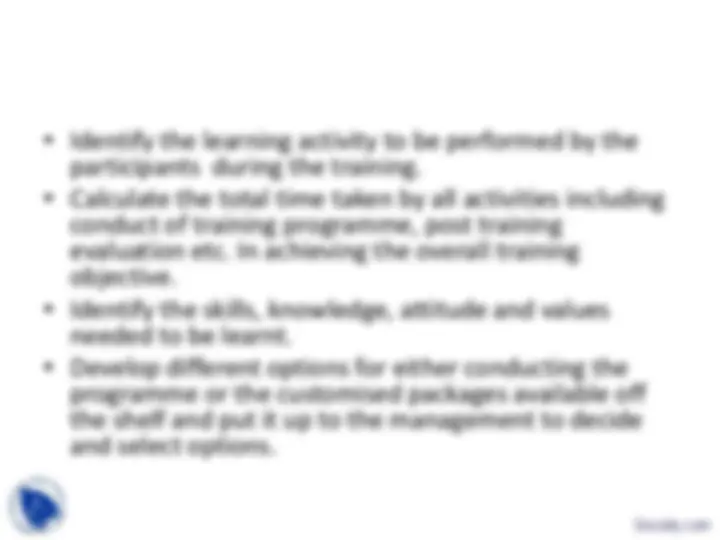
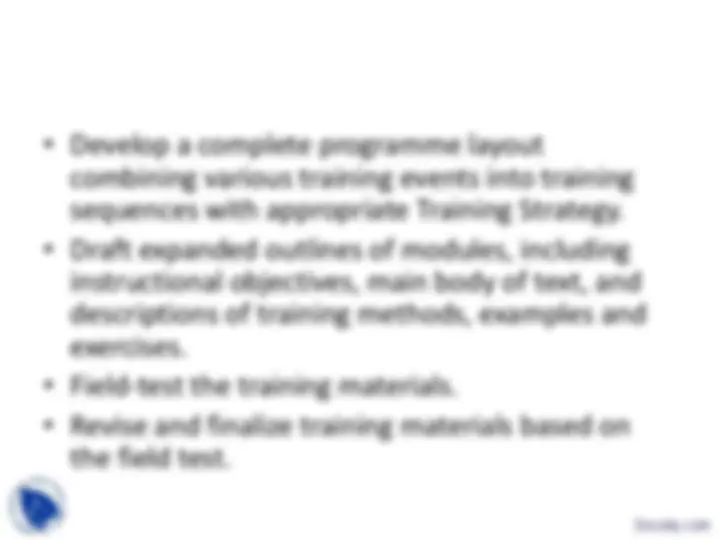
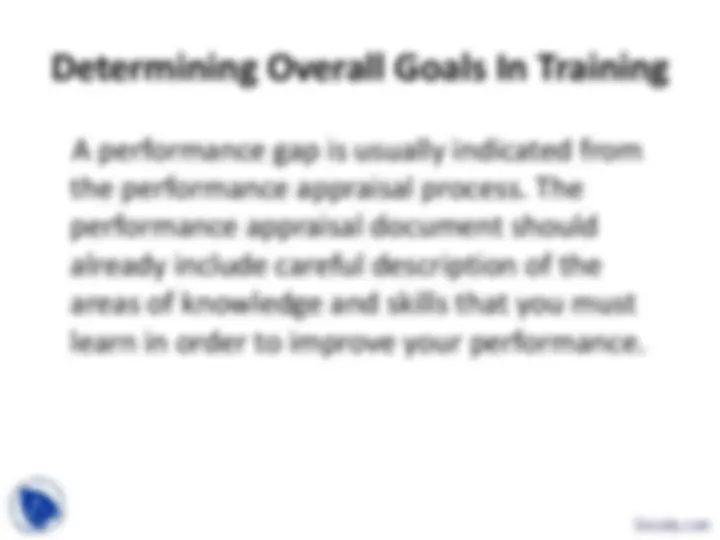
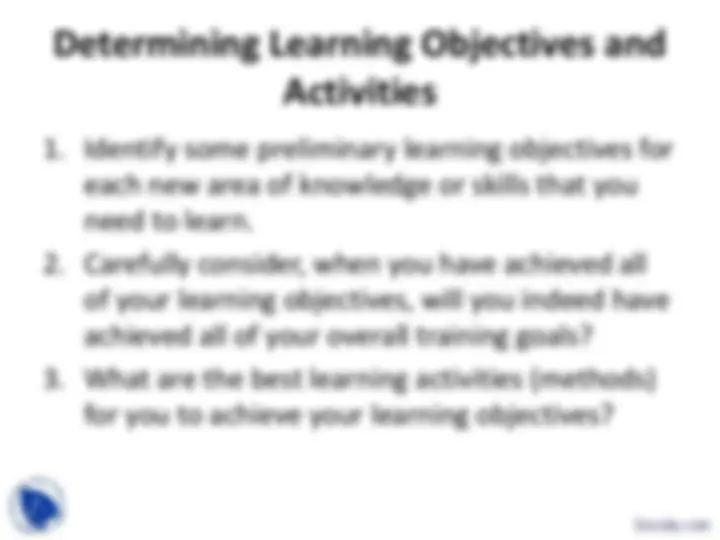
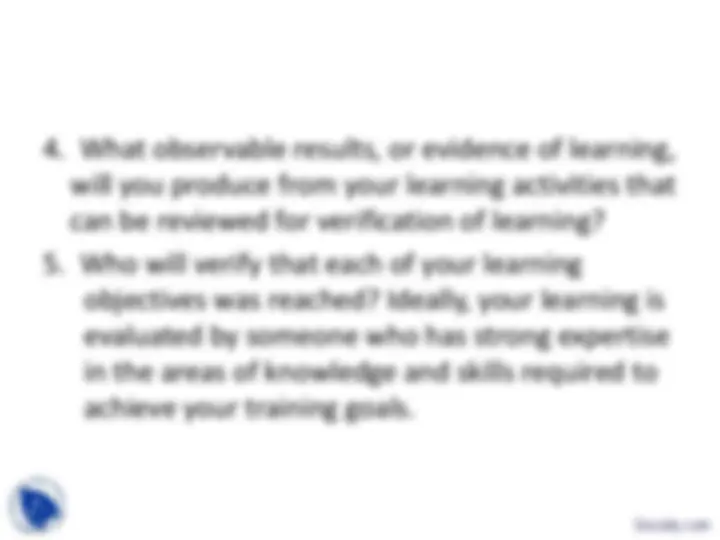
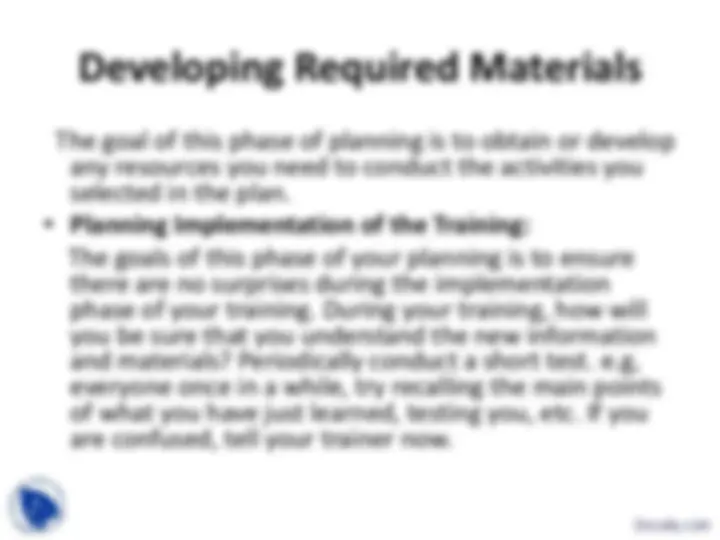
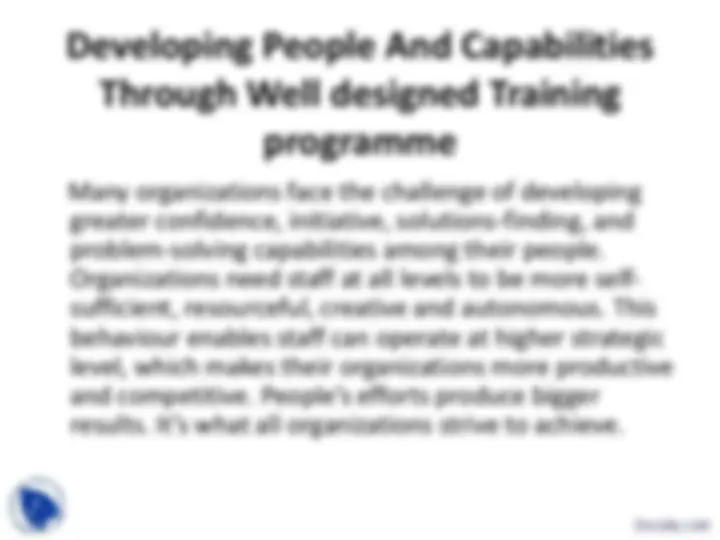
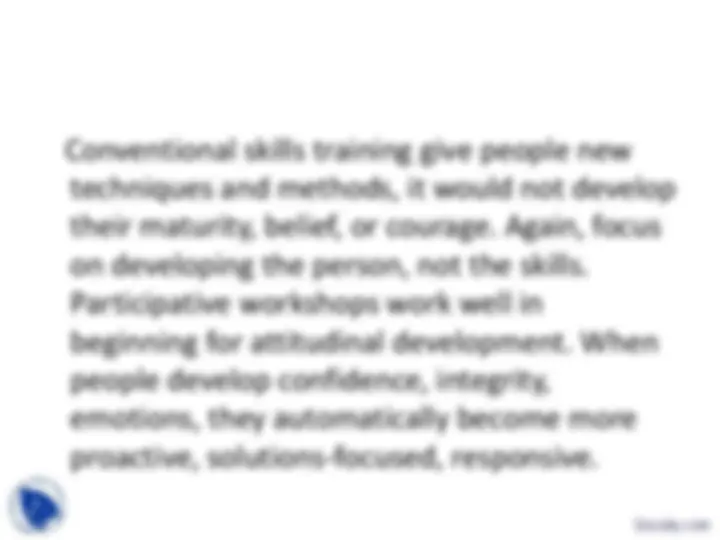
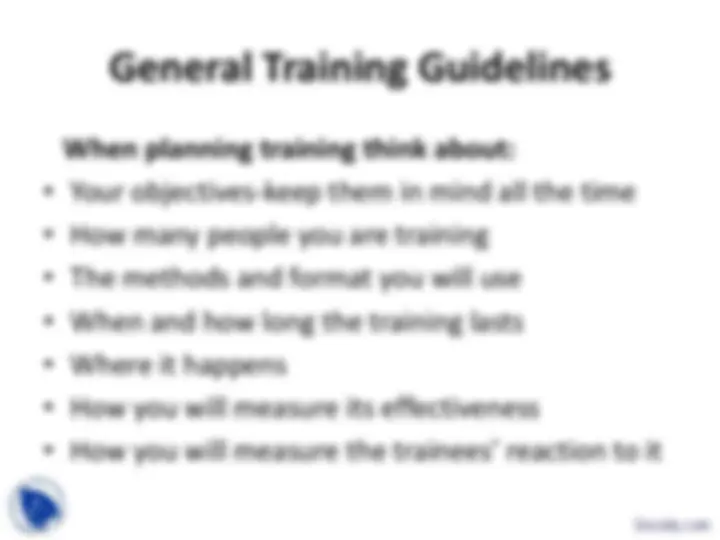

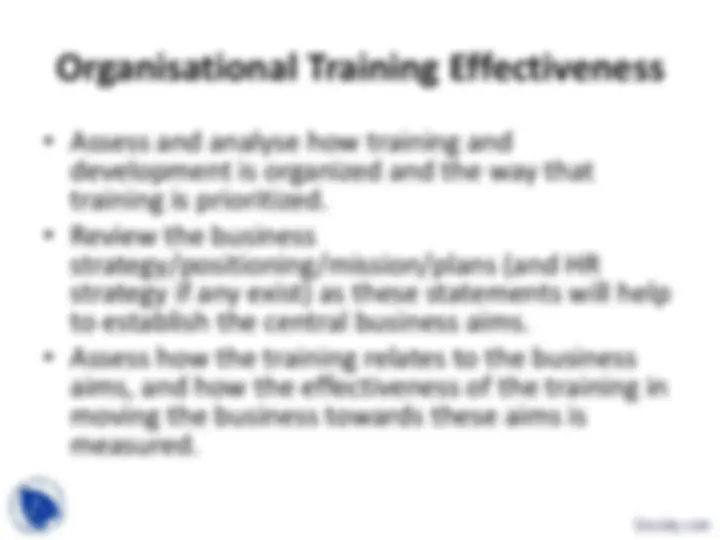

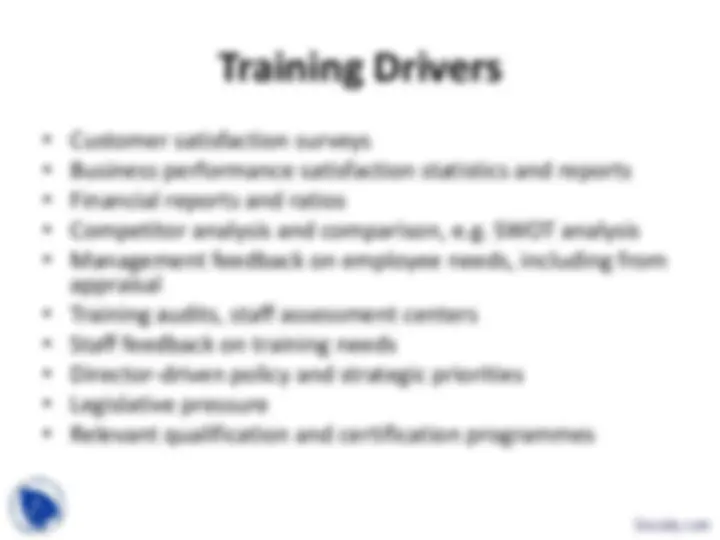
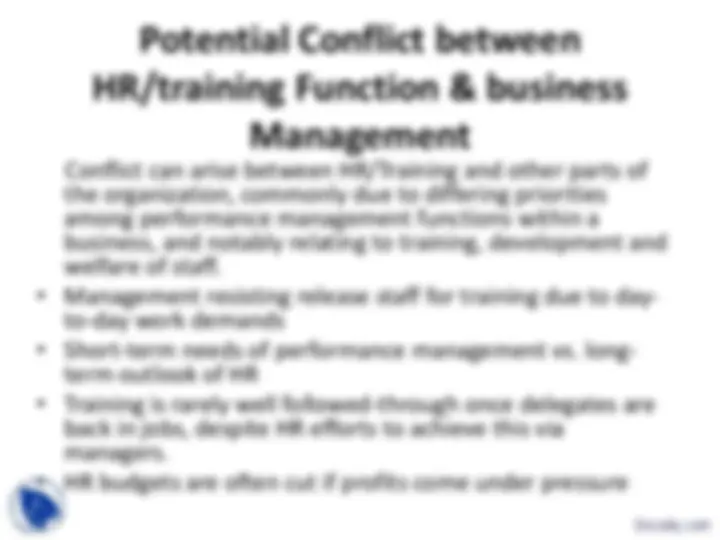
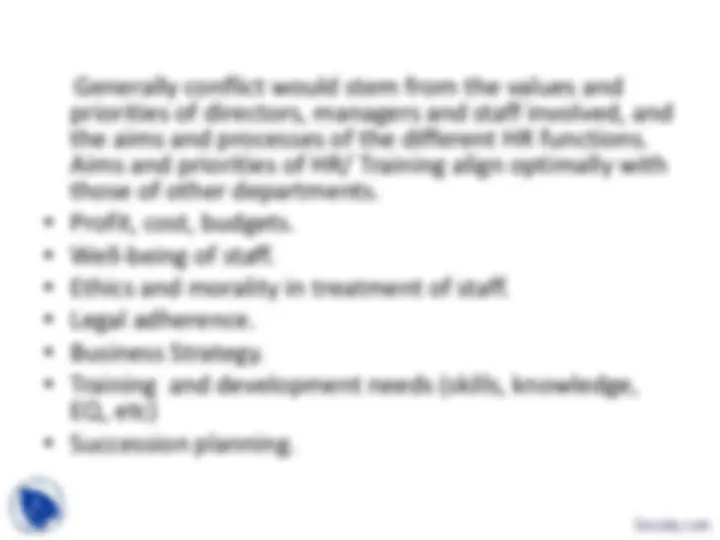
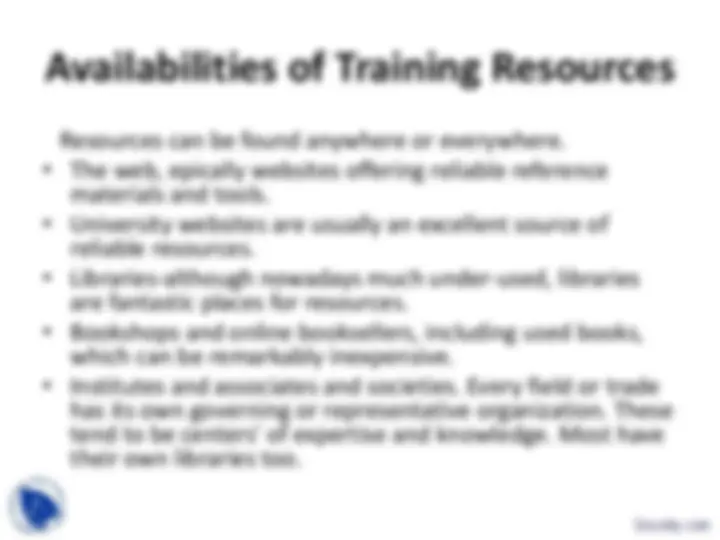
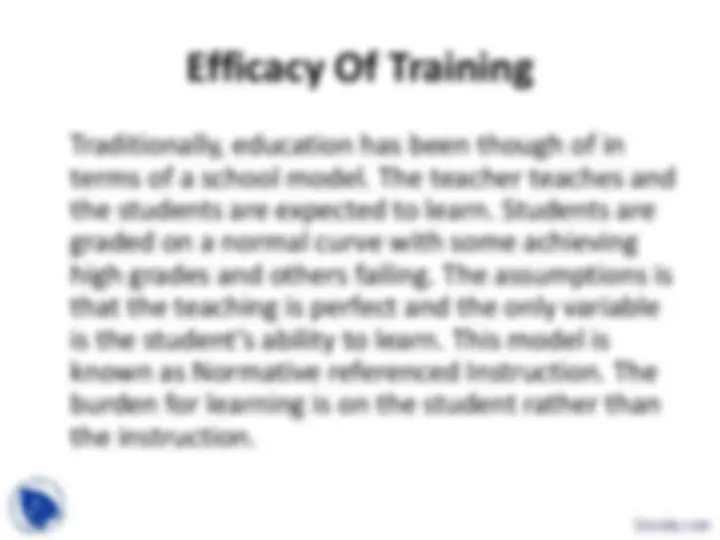
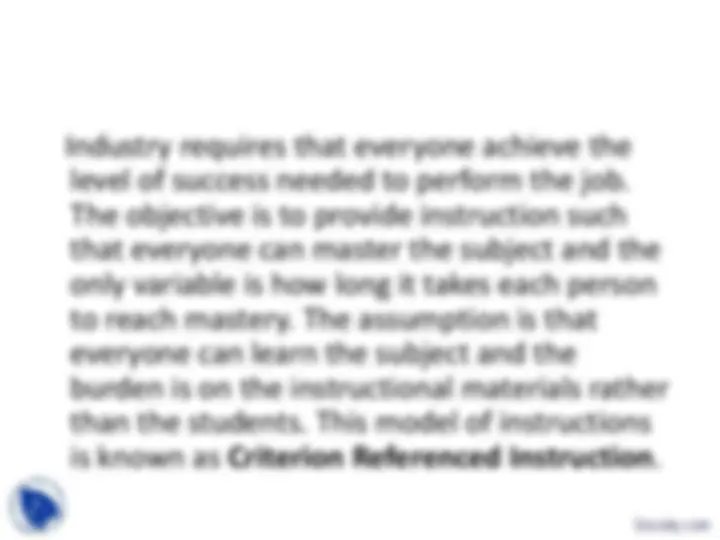
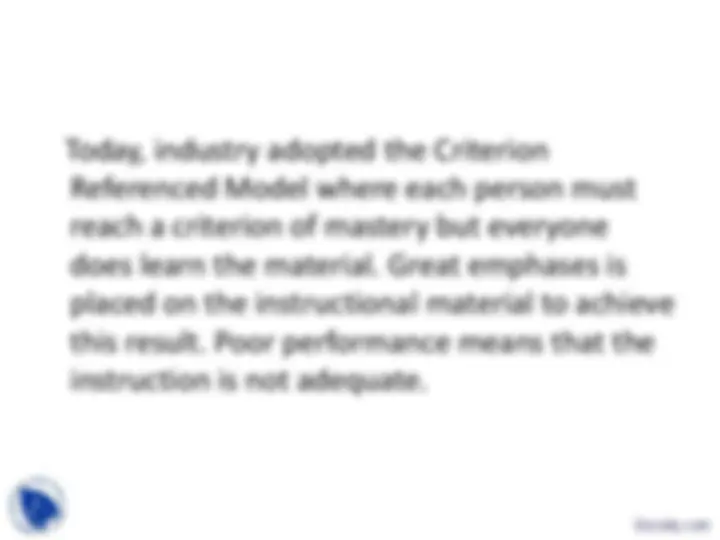
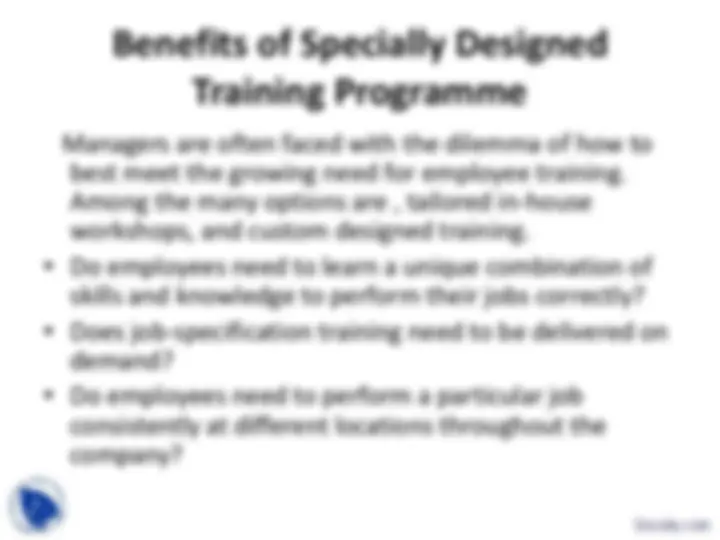

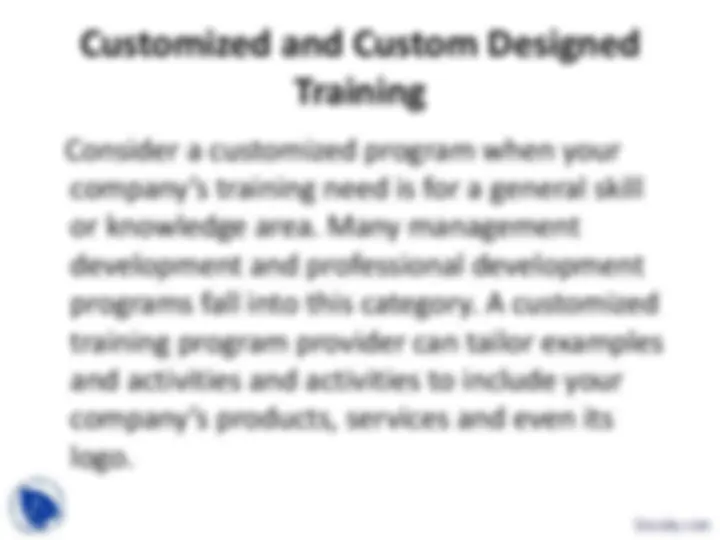
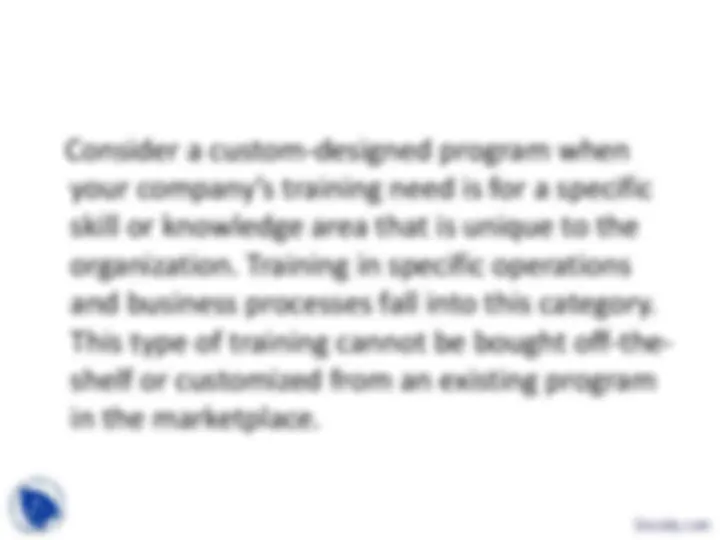
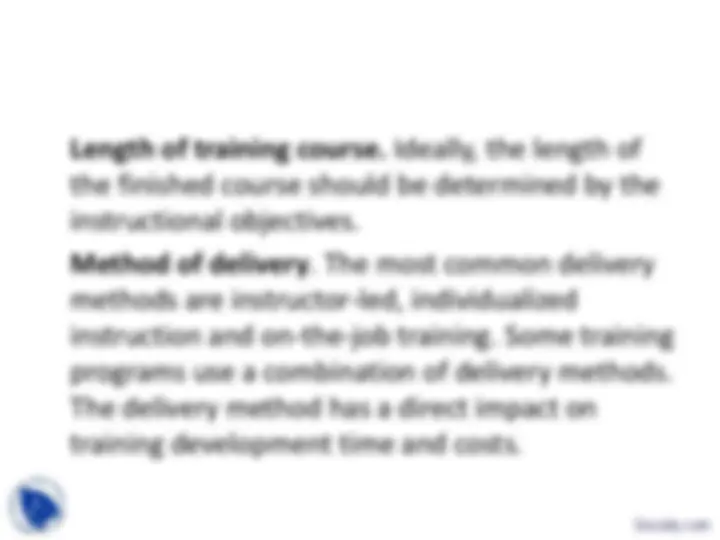
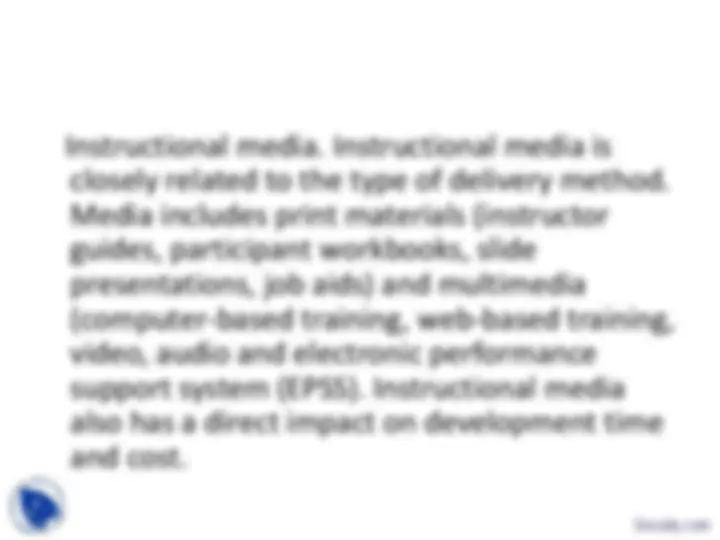
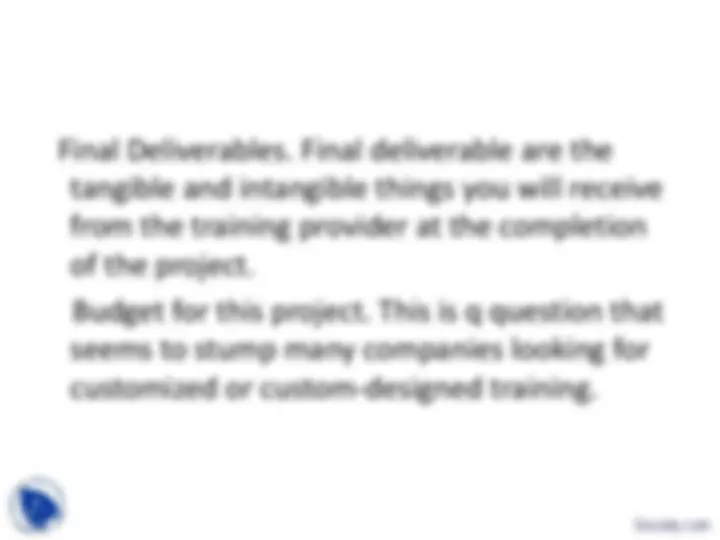
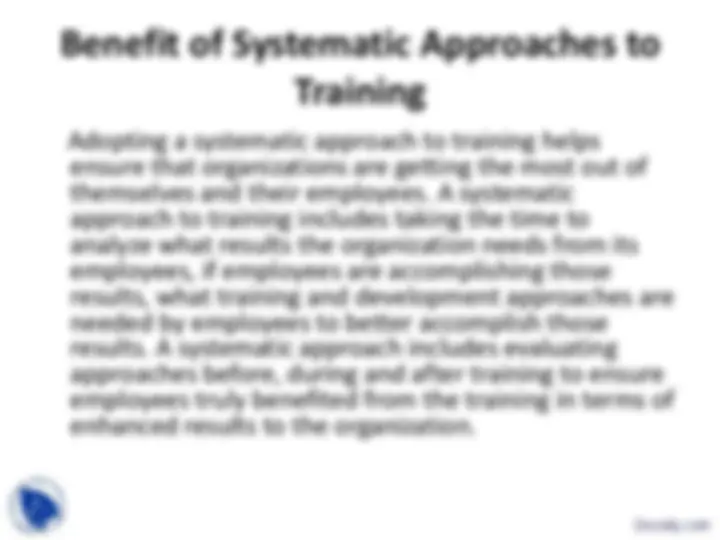
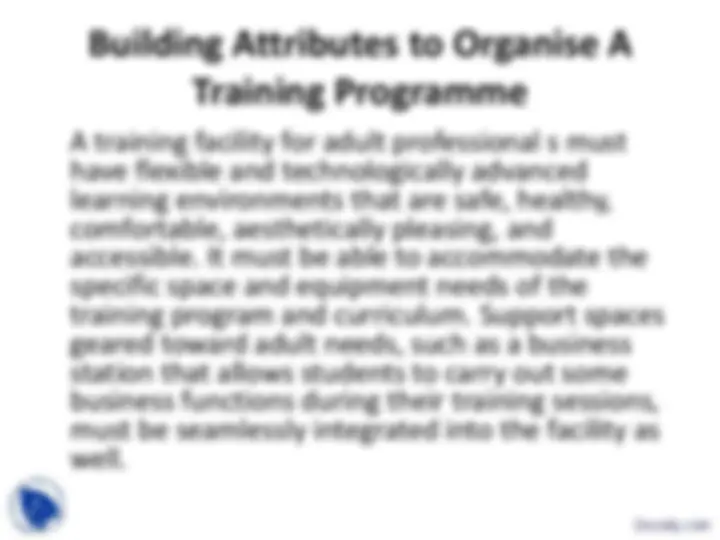
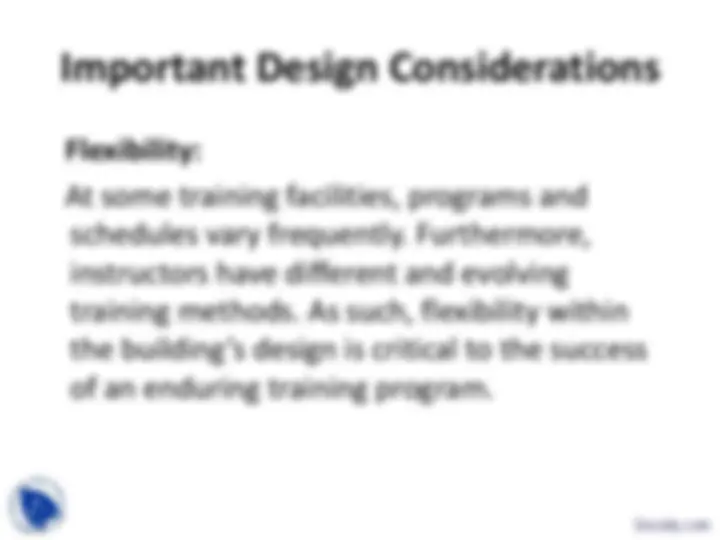
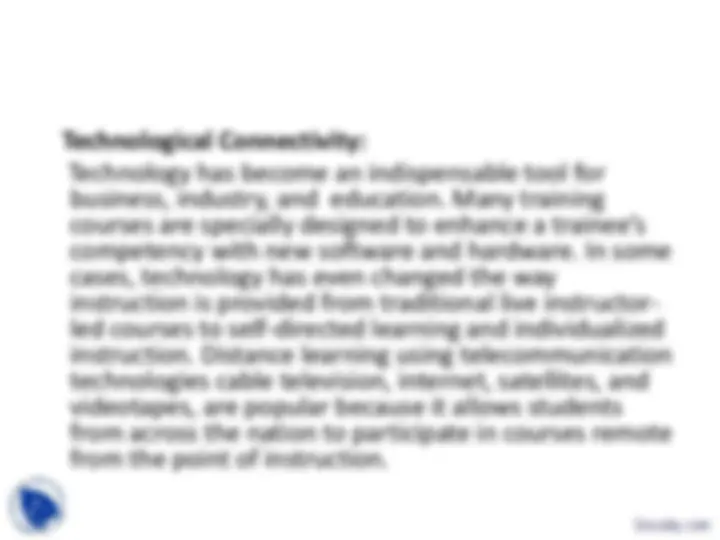
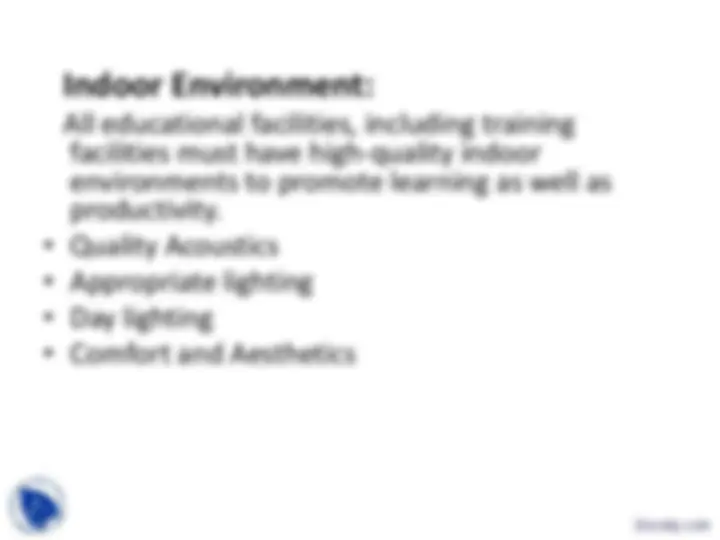
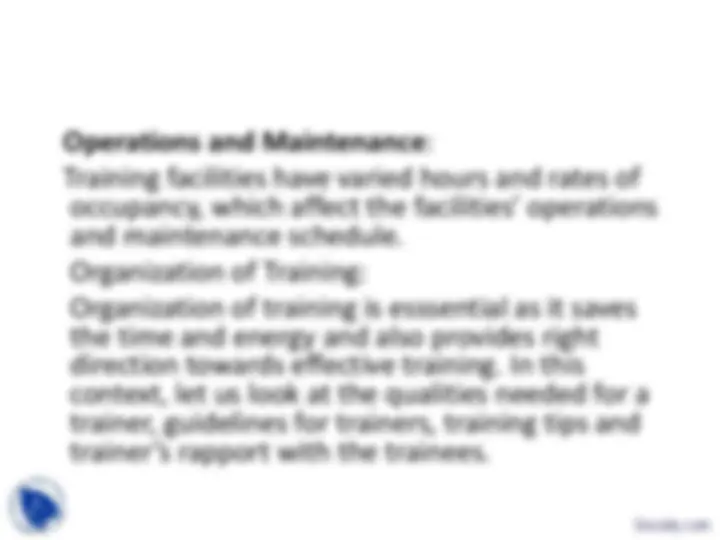
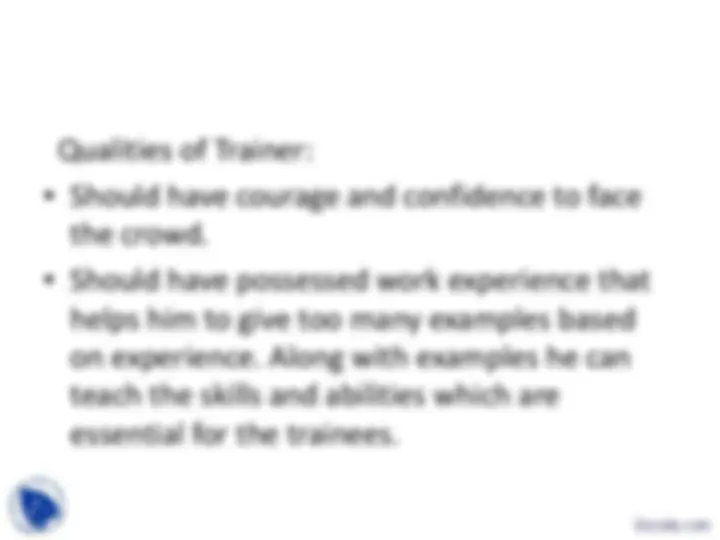
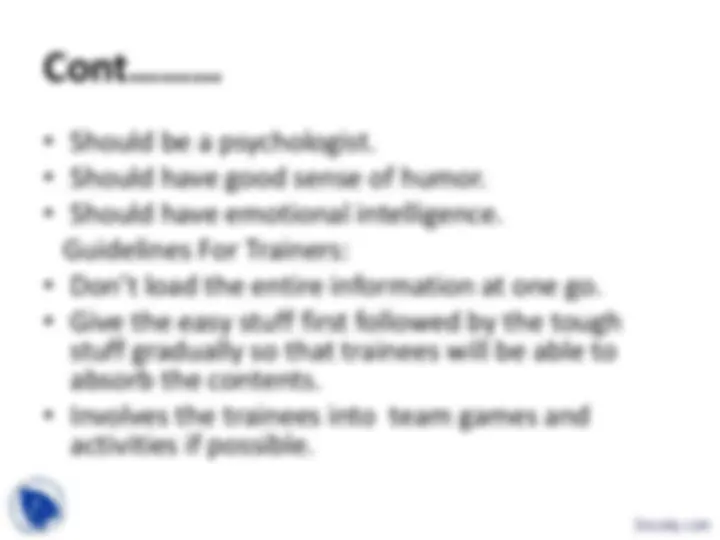
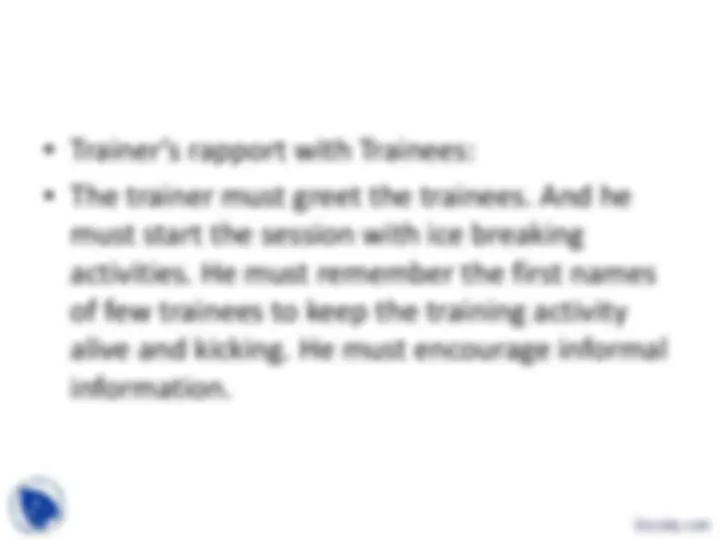
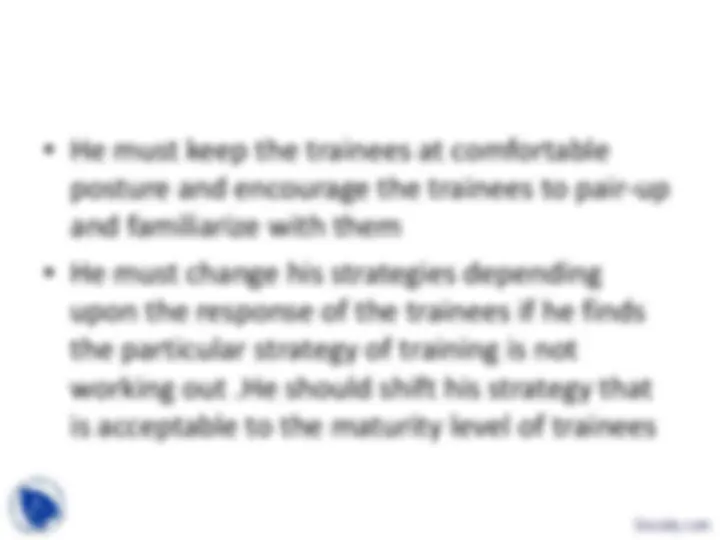
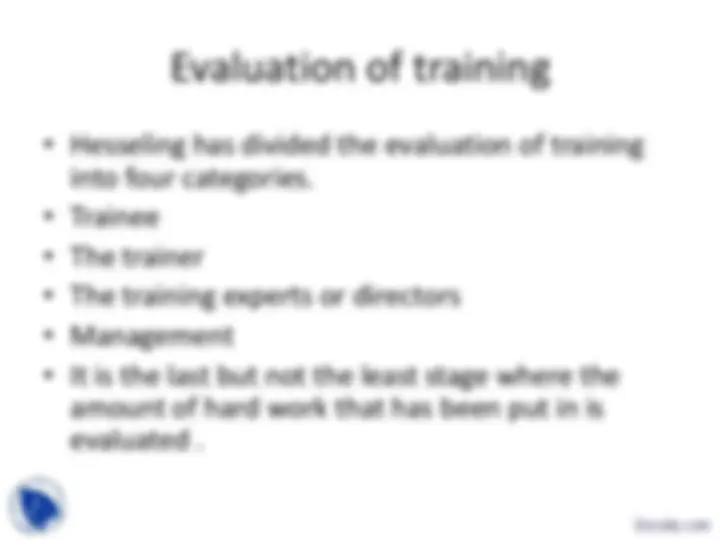
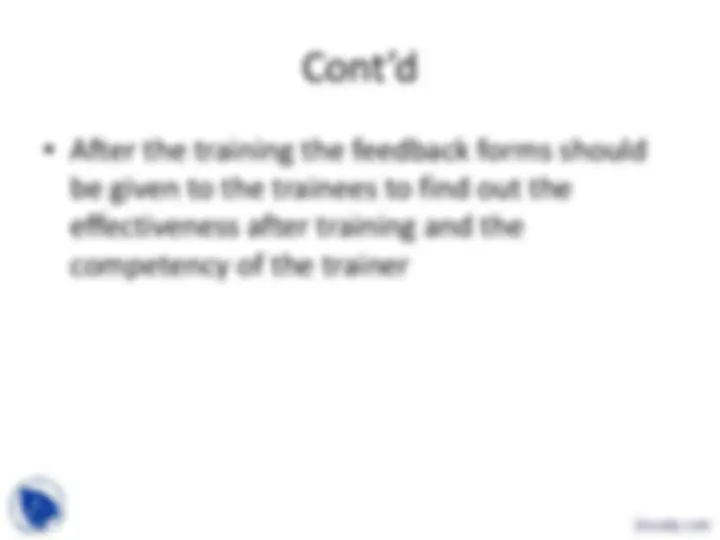



Study with the several resources on Docsity

Earn points by helping other students or get them with a premium plan


Prepare for your exams
Study with the several resources on Docsity

Earn points to download
Earn points by helping other students or get them with a premium plan
Community
Ask the community for help and clear up your study doubts
Discover the best universities in your country according to Docsity users
Free resources
Download our free guides on studying techniques, anxiety management strategies, and thesis advice from Docsity tutors
This lecture was delivered by Pooja Rathore at Anand Agricultural University for Training and Development course. It includes: Training, Programme, Design, Structure, Plan, Alignment, Skills, Knowledge, Attitude, Values, Draft
Typology: Slides
1 / 47

This page cannot be seen from the preview
Don't miss anything!








































Training programme design is a comprehensive blue-print of step-by-step structure, to be implemented for organization and execution of a training plan.
Determining Overall Goals In Training
A performance gap is usually indicated from the performance appraisal process. The performance appraisal document should already include careful description of the areas of knowledge and skills that you must learn in order to improve your performance.
carefully identify what areas of knowledge and skills are needed to perform the job or role that soon might be available to you. Again, consider job descriptions, list of companies or even interviewing someone already in the job or role that may soon be available to you.
available to help you identify your training and development goals? A competencies list is a list of the abilities needed to carry out certain role.
Determining Learning Objectives and
Activities
The goal of this phase of planning is to obtain or develop any resources you need to conduct the activities you selected in the plan.
The goals of this phase of your planning is to ensure there are no surprises during the implementation phase of your training. During your training, how will you be sure that you understand the new information and materials? Periodically conduct a short test. e.g, everyone once in a while, try recalling the main points of what you have just learned, testing you, etc. If you are confused, tell your trainer now.
Plan and experiences: The goal of this phase of your planning is to ensure your plan will indeed meet your training goals in a realistic and efficient fashion. Consider having a local training expert review the plan. The expert can review, in particular, whether
you.
overall training goals,
Developing People And Capabilities
Through Well designed Training
programme
Many organizations face the challenge of developing greater confidence, initiative, solutions-finding, and problem-solving capabilities among their people. Organizations need staff at all levels to be more self- sufficient, resourceful, creative and autonomous. This behaviour enables staff can operate at higher strategic level, which makes their organizations more productive and competitive. People’s efforts produce bigger results. It’s what all organizations strive to achieve.
Conventional skills training give people new
techniques and methods, it would not develop their maturity, belief, or courage. Again, focus on developing the person, not the skills. Participative workshops work well in beginning for attitudinal development. When people develop confidence, integrity, emotions, they automatically become more proactive, solutions-focused, responsive.
When you gives kills training to someone use this simple five-step approach:
Some tips to make training more
enjoyable and effective :
than ‘don’t do this’)
according to the performance once Training has begun.
accepting of mistakes, and treat them as an opportunity for you both to learn from them.
Organisational Training Effectiveness
Base training recommendations and changes on improving training effectiveness in terms of: